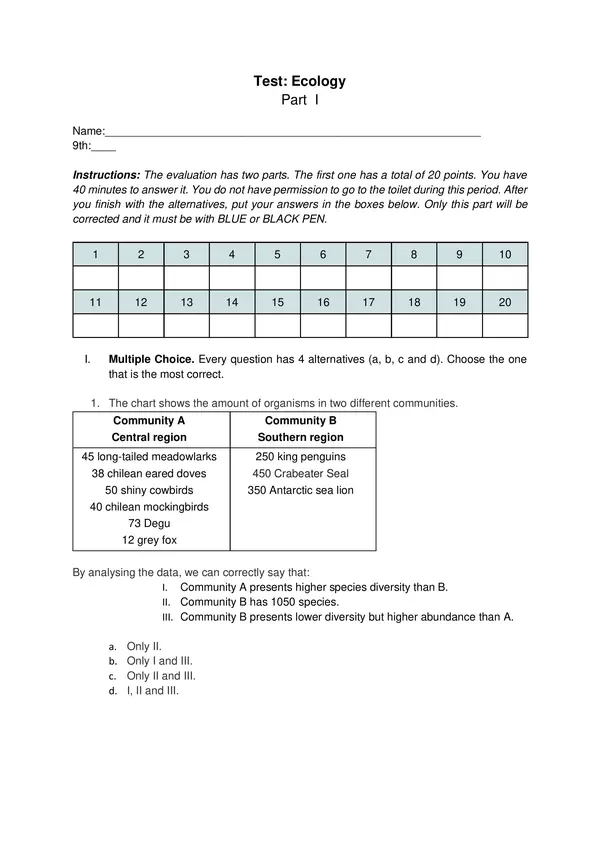
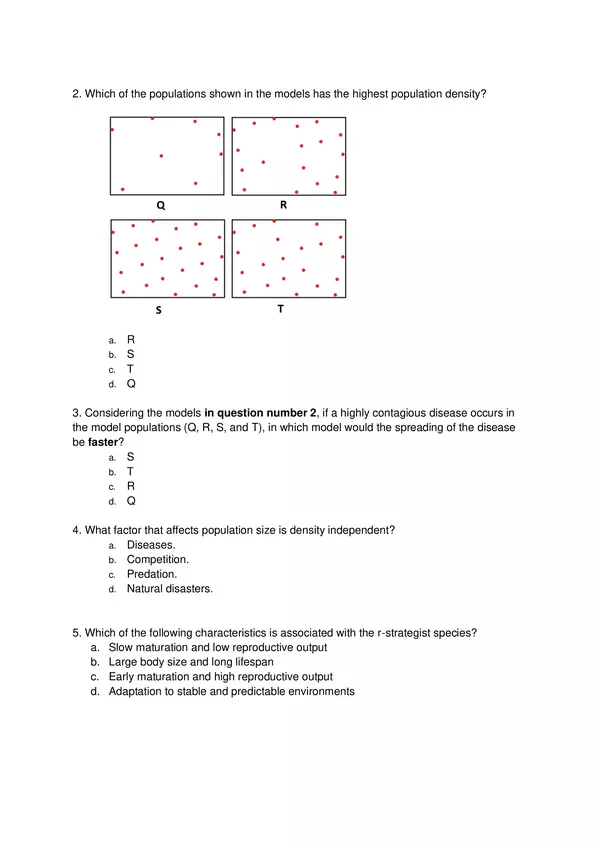
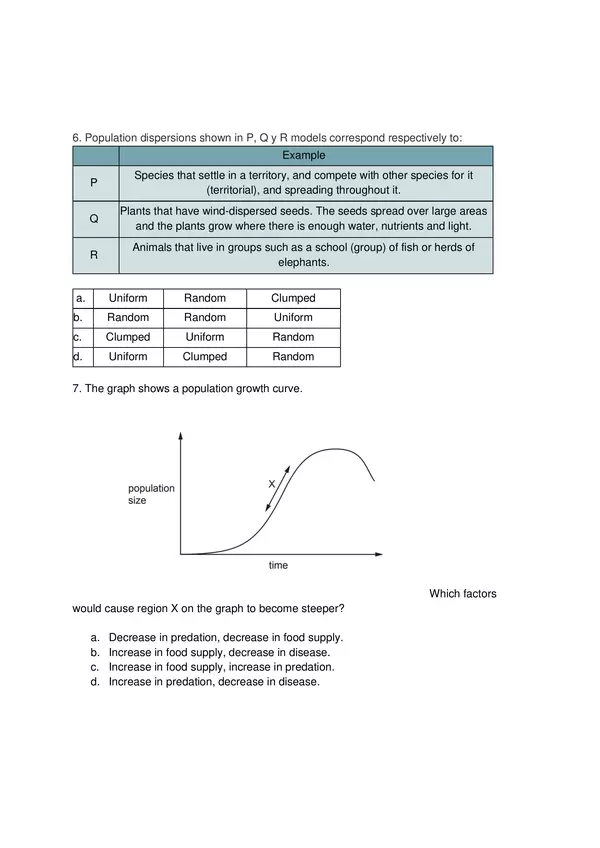
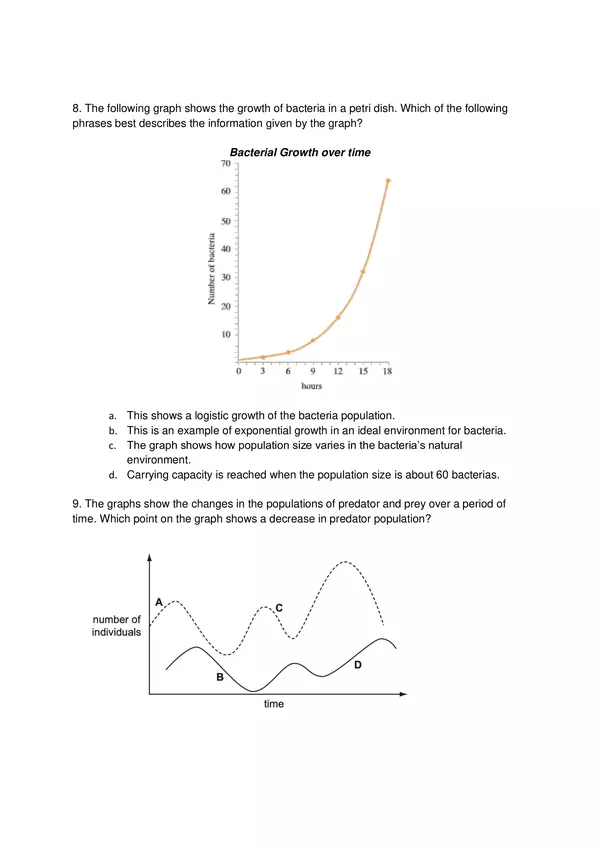
ProfeCoins  10
10
| Resource type | Assessment |
| Recommended age | 13 - 18 years |
| File information | docx, 9 pages, 1.79 MB |
The evaluation is the first part of two, which has 20 multiple choice question that covers a wide range of topics in population ecology, including:
- Community diversity and abundance: Questions 1 and 2 assess students' understanding of these concepts.
- Population growth and density: Questions 3 and 5 assess students' understanding of these concepts.
- Population dispersion: Questions 6 and 7 assess students' understanding of this concept.
- K-strategist vs. r-strategist species: Questions 8 and 9 assess students' understanding of these concepts.
- Age distribution of populations: Question 10 assesses students' understanding of this concept.
- Interspecific interactions: Questions 11, 12, 13, 14, 15, 16, 17, 18, and 19 assess students' understanding of these concepts.
Overall, the evaluation is a comprehensive assessment of students' understanding of the key concepts in population ecology.
The second part is also found in my published materials.
The second part is also found in my published materials.
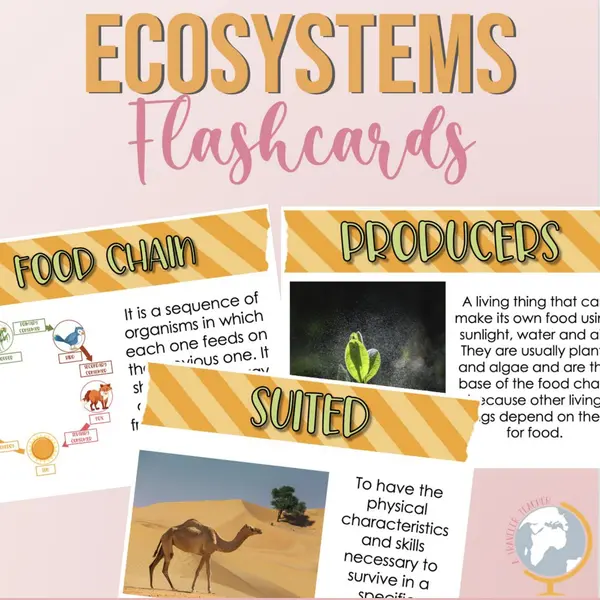
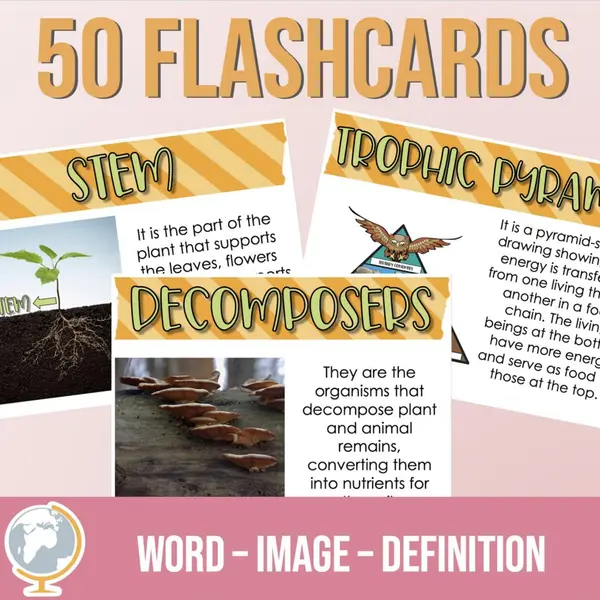
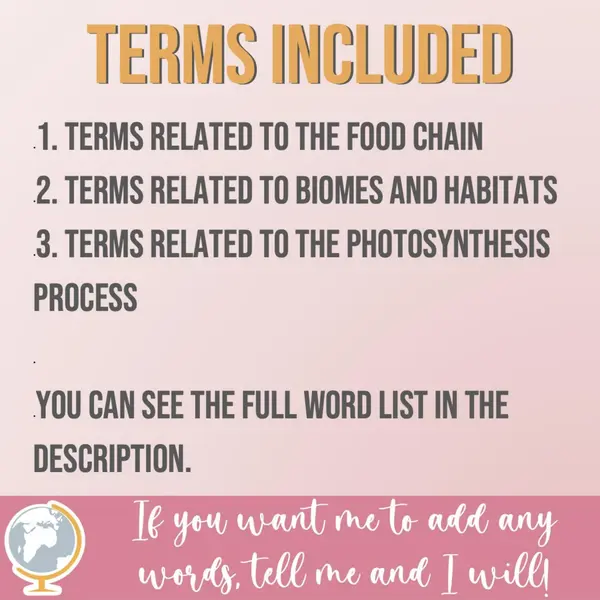
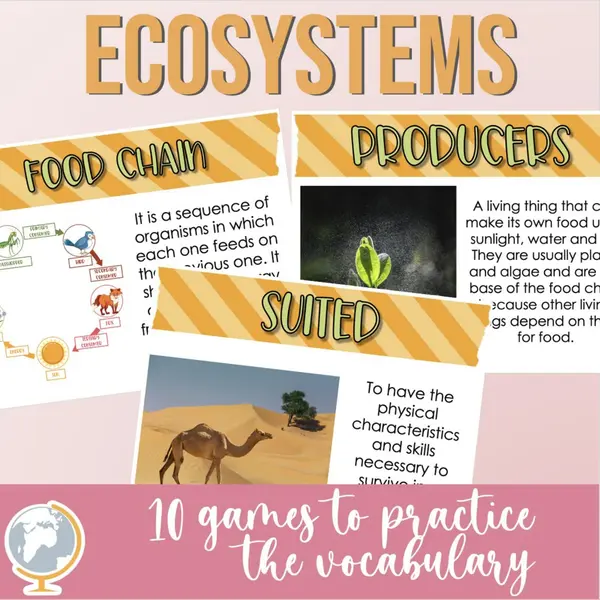
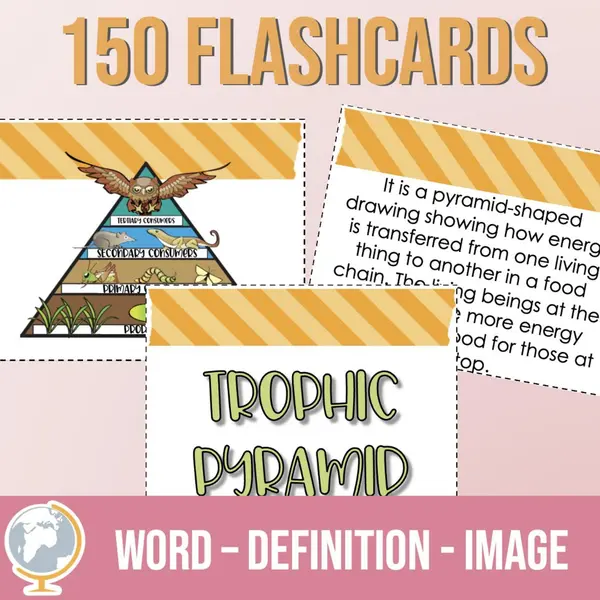
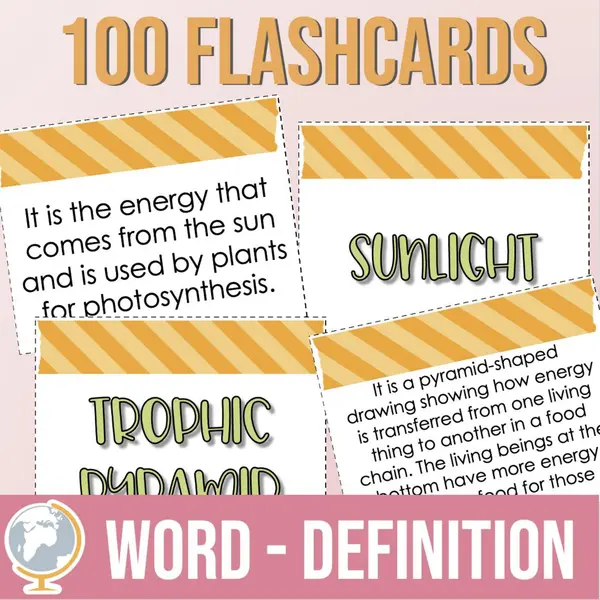
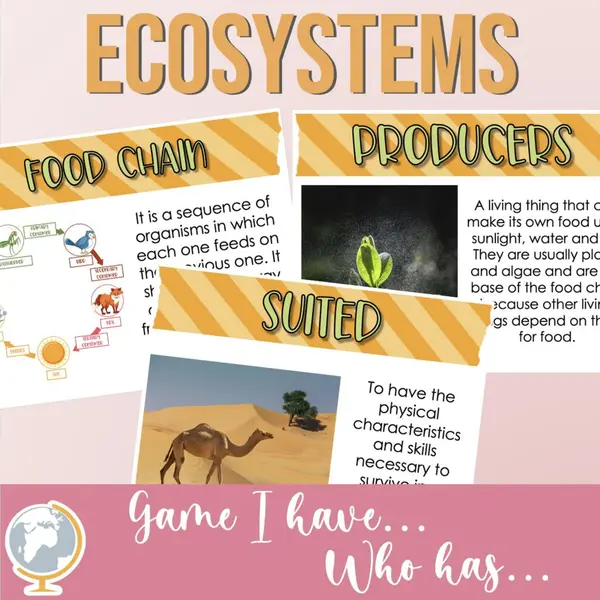

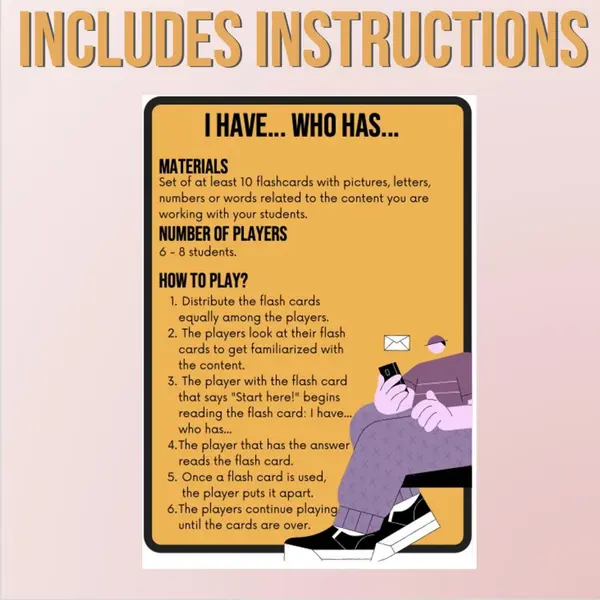
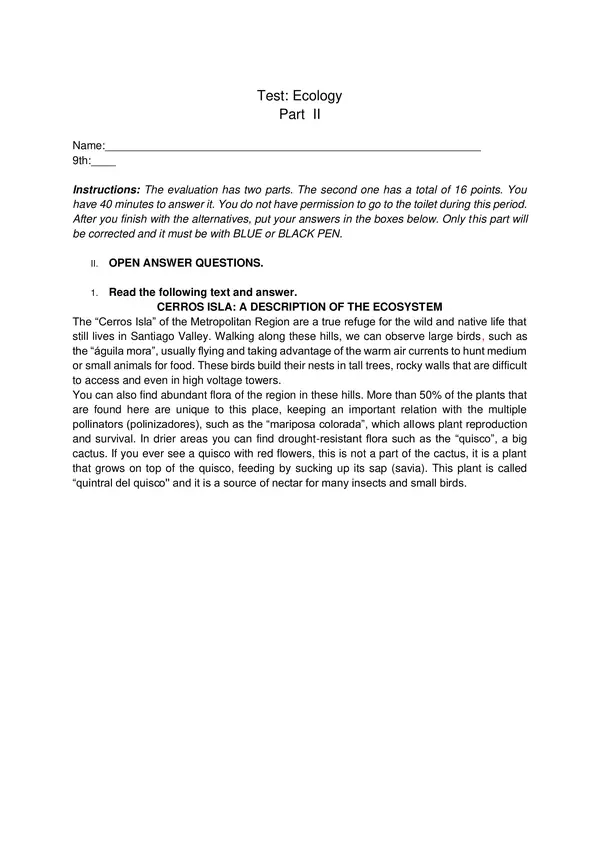
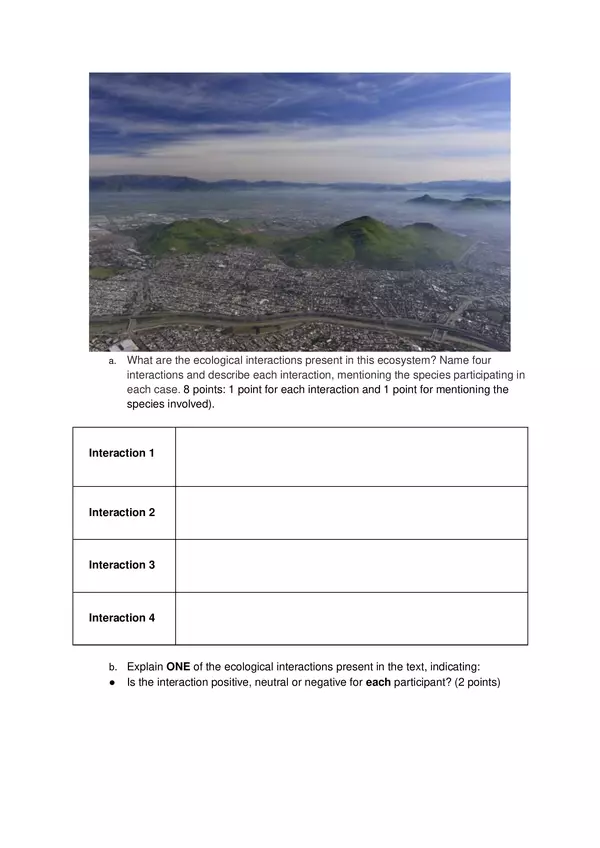
There are no comments yet, write one yourself!